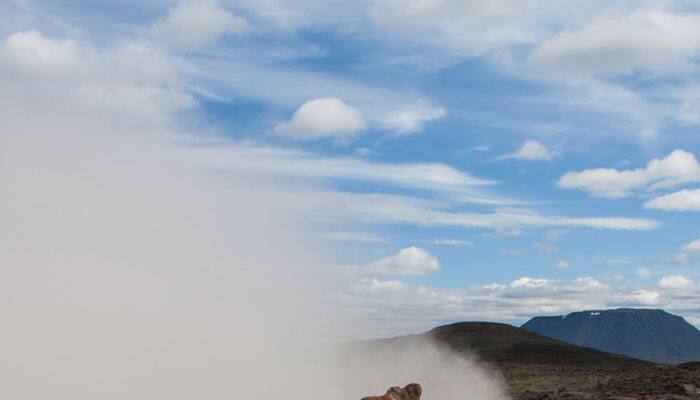Washington: One area in the southwestern United States is spewing vast amounts of methane, a potent greenhouse gas, into the atmosphere far faster than expected, US space agency researchers said Thursday.
Satellite data show more than triple the previously estimated amount of methane is coming from the hot spot located near the Four Corners intersection of Arizona, Colorado, New Mexico and Utah.
The study by NASA and the University of Michigan spanned the years of 2003-2009, before hydraulic fracturing for natural gas began in earnest in the area, signaling that fracking is not to blame.
Rather, the persistence of the emissions "indicates that the source is likely from established gas, coal, and coalbed methane mining and processing," said the study in Geophysical Research Letters, a journal of the American Geophysical Union.
The hot spot area is about 2,500 square miles (6,500 square kilometers), and each year has released about 0.59 million metric tons of methane into the atmosphere.
"This is almost 3.5 times the estimate for the same area in the European Union`s widely used Emissions Database for Global Atmospheric Research," said the study.
Researchers used observations from an instrument called the Scanning Imaging Absorption Spectrometer for Atmospheric Chartography (SCIAMACHY), which circles the Earth on an European Space Agency satellite.
A ground station operated by the Department of Energy`s Los Alamos National Laboratory, provided independent validation of the measurement.
Methane traps heat in the atmosphere and contributes to global warming. It has no color or odor, making it hard to detect without advanced scientific tools.
Scientists studying the SCIAMACHY data first noticed the methane problem some years ago, said research scientist Christian Frankenberg of NASA`s Jet Propulsion Laboratory (JPL) in Pasadena, California.
"We didn`t focus on it, because we weren`t sure if it was a true signal or an instrument error," Frankenberg said.
Lead study author Eric Kort of the University of Michigan, Ann Arbor, said more needs to be done to contain methane leaks from established oil and gas operations.
"The results are indicative that emissions from established fossil fuel harvesting techniques are greater than inventoried," Kort said.
"There`s been so much attention on high-volume hydraulic fracturing, but we need to consider the industry as a whole."
















